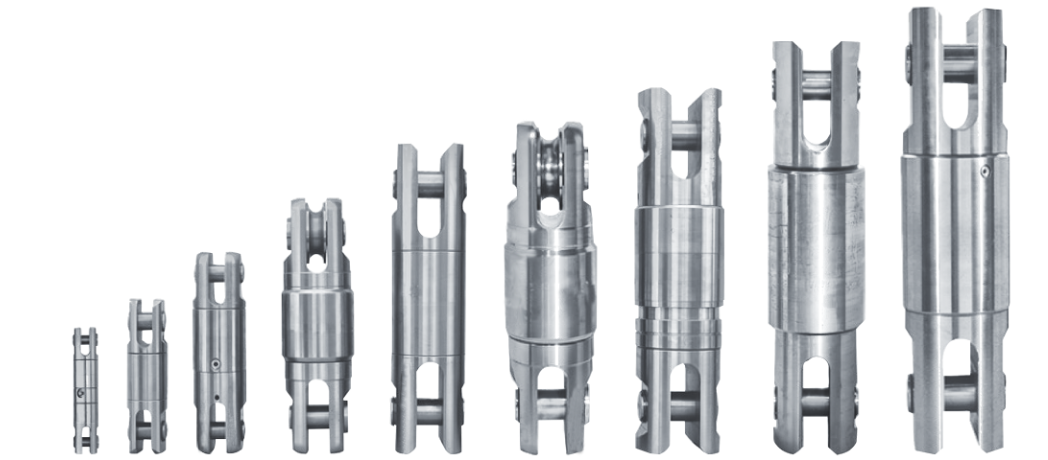In the world of drilling, rotary heads are a fundamental component that provides significant flexibility and versatility to operations. In this article, we will explore what rotary heads are, their functions, and highlight their crucial role in the fields of drilling, boring, and lifting.
What Are Rotary Heads?
Rotary heads are specialized devices used in drilling and boring operations. These components are designed to allow the rotation of the drilling pipe or boring rod, enabling operators to perform various actions without having to completely withdraw the pipe or rod from the hole or well.
Rotary heads feature a rotating interface that can connect to one end of the drilling or boring rod, while the other end remains fixed to the machine or support structure. This configuration allows for continuous rotation during drilling or boring operations.
What are the Rotating Heads for?
Rotary heads, thanks to their versatility and precision, are essential tools in various industrial and scientific sectors. Here is an in-depth look at some of the functions and uses already mentioned, further highlighting their applications:
- Drilling: In drilling operations, rotary heads are vital to ensure that the holes reach the desired depth without compromising the stability of the borehole. Advanced technologies, such as heads with built-in cooling systems, further enhance efficiency by reducing wear and the need for maintenance.
- Boring: Rotary heads used in boring can also integrate monitoring systems that provide real-time data on ground conditions. This is particularly useful in fields like the oil and gas industry, where knowledge of geological formations is crucial for making informed decisions.
- Load Handling and Movement: In construction and civil engineering contexts, rotary heads are often employed for the handling of heavy or bulky materials. Their ability to rotate easily allows these heads to position loads in tight spaces and at angles, improving operational efficiency and safety.
- Geotechnical Applications: Beyond penetration tests, rotary heads can be used in seismic micro-zoning studies, where analyzing the characteristics of the subsoil is fundamental for designing safe buildings and infrastructures. These tools also contribute to the preparation of foundations and other structural elements.
- Scientific Instrumentation: In scientific research, rotary heads are also used in sediment sampling and the analysis of seabeds. Their ease of use in extreme environments, such as polar regions, makes them ideal for interdisciplinary research projects where accessibility and precision are paramount.
In summary, rotary heads not only optimize drilling and boring processes but also play a critical role in load handling and the collection of geotechnical and scientific data. With the continuous advancement of technology, it is likely that further innovations will develop, enhancing their applicability and efficiency across various sectors.
In Conclusion
The swivel heads are versatile devices that allow for controlled rotation of drilling pipes, drilling rods, or lifted loads. This essential feature makes them indispensable tools, helping to improve the efficiency and precision of drilling, boring, and lifting operations.

